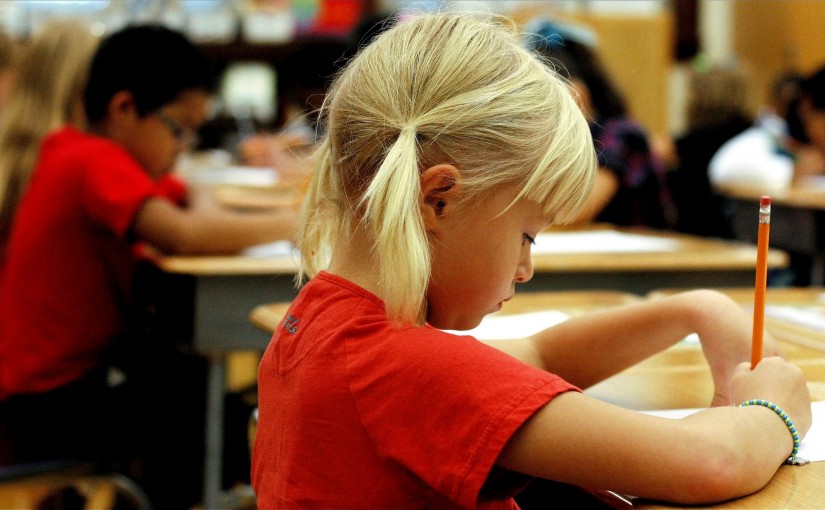There are many different ways that people learn, and in any classroom, you are bound to encounter several students from each learning category. While one method of teaching may work very well for a certain type of learner, another type may not respond at all to what you try. As a new teacher, it is very important to learn how to identify the different types of learners in your classroom, and then to make sure that each one of your lessons takes into account every style of learning that your students may need. To become an effective teacher, you must anticipate the needs of your students and tailor your lesson plans to best benefit each type of learning your classroom.
Auditory Learners
In the past, most styles of education relied on the belief that all students were auditory learners. This has, of course, since been proven incorrect, so you should never rely solely on auditory teaching methods to reach your class.
Auditory learners focus best on verbal, spoken language, but may struggle with the written word and with hands-on projects. While listening to information over and over again can help an auditory learner remember much more easily, the same student may get nothing out of reading a chapter silently out of a book. These students are easy to identify, even as a new teacher, because they tend to be the most outgoing students in the classroom. They may be social butterflies who enjoy talking and hearing themselves talk, and they tend to be class clowns who always seem to be at the center of attention.
Visual Learners
Visual learning focuses on the interpretation and absorption of taught information by seeing and processing it. Visual learners are slightly less common than auditory learners, but still may comprise the majority of your classroom.
A student who learns best visually does well at quiet reading time, and can learn material from watching movies as well. The same student may struggle with directions that are given verbally, and may not do very well when trying to construct something by hand. Visual learners can be identified by their strong attention to detail and need to be organized, even at a young age. These students are good at one-on-one conversation, but may not be part of a larger group, and may be much quieter than their auditory counterparts. Noise often distracts a visual learner, and these students may need you to physically perform a task before they can repeat it.
Kinesthetic Learners
Although kinesthetic learners are not quite as common as auditory and visual learners are, they are still common enough that you are sure to encounter a handful even in your first class. They may be more challenging to teach, but if you are prepared you should not have any trouble.
Kinesthetic learners are best suited to learning by doing. These students retain information when they are able to manipulate objects or understand information by interacting with parts of it. They may not do well when given verbal direction or shown how to do something, but instead want to dive in and try it on their own. You can identify a kinesthetic learner in your classroom by pinpointing the students who cannot seem to sit still while you are teaching them. Gain their attention by providing lots of hands-on class experiences.
Identifying and teaching different learning types in your classroom does not have to be a difficult achievement. Simply keep these tips and strategies in mind, and you will be well on your way to successful teaching in no time.

Leave a Reply
You must be logged in to post a comment.